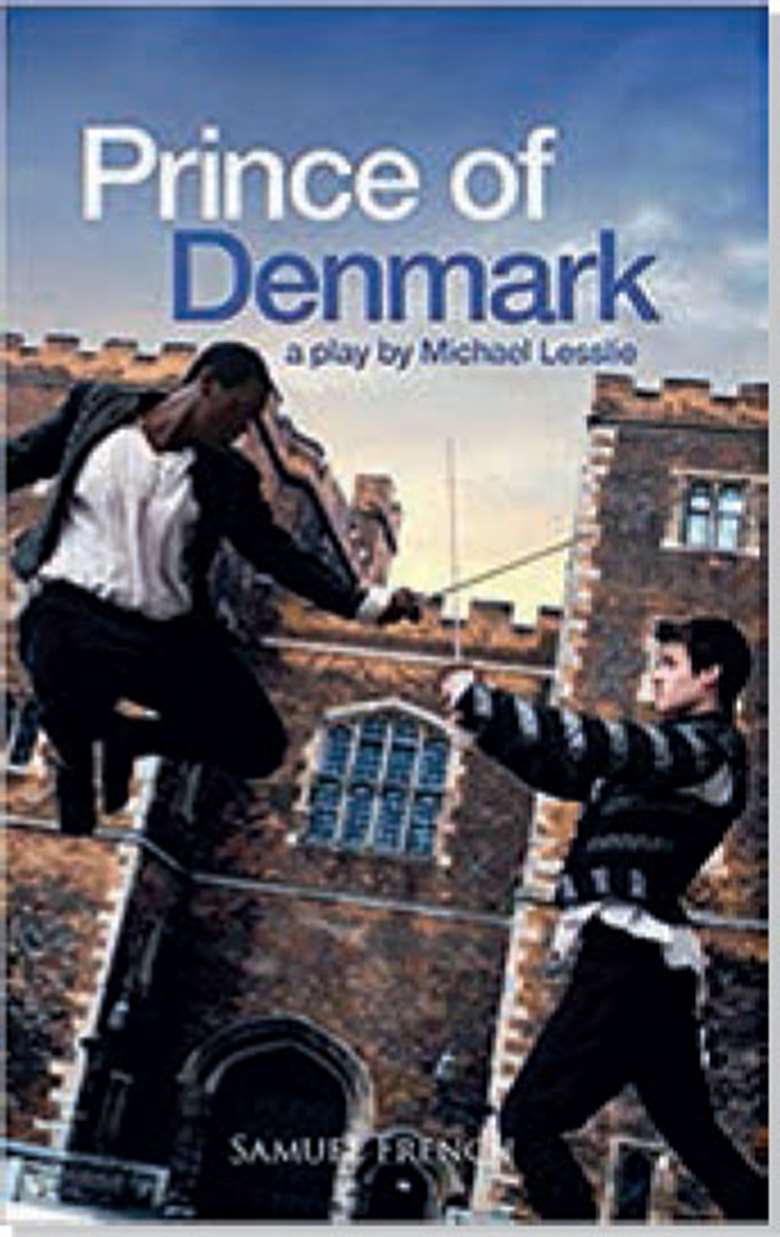Five great plays …inspired by Shakespeare
Peter Jolly
Sunday, December 1, 2019
Each issue of D&T we bring you five suggested plays for studying or putting on with your students. This issue we look at plays that will allow your students to explore themes and characters found in Shakespeare's texts. All five are chosen by Peter Jolly

Prince of Denmark
by Michael Lesslie published by Samuel French
Cast: 18+ m/f
In this 50-minute ‘prequel’ to Hamlet, the young Prince lurks with his friends Horatio and Ophelia in the bowels of Elsinore castle while events unfold upstairs.
The games that are played at court and the constant warmongering prey on his mind. He is wracked with doubt, particularly at the limits imposed on him by his mother and uncle.
How it might support your teaching of Shakespeare: Poetic and witty, it introduces all the elements of Hamlet, including a tense fight at the end that is dramatically attractive and produces a seamless introduction to the play. Particularly interesting is the development of the relationship between Ophelia and Hamlet.
Return to the Forbidden Planet
by Bob Carlton licensed by MTI Europe
Cast: 8 leads and ensemble
A spaceship, under the command of Captain Tempest, encounters a meteor storm and finds its crew marooned on the planet D'Illyria. There the crew fall in with the mad scientist Dr. Prospero, his beautiful daughter Miranda and their robot companion, Ariel.
How it might support your teaching of Shakespeare: Return to the Forbidden Planet stands out from the plethora of musical adaptations of Shakespeare as firmly within the grasp of young performers. Gloriously mixing 60s standards such as ‘The Shoop Shoop Song’ and ‘Great Balls of Fire’, it conveys to students that they are allowed to play with Shakespeare.
Rosencrantz and Guildenstern are Dead
by Tom Stoppard published by Samuel French
Cast: 11 leads and ensemble
Hamlet's two friends have been summoned to Elsinore. They become increasingly confused as they see parts of the action from Hamlet enacted around them. What is their role and how should they react in an increasingly confused world? Actor/tragedians are introduced and become major players in the action of the plot, eventually ending up on the same ship as Rosencrantz and Guildenstern as they head for England and their probable death.
How it might support your teaching of Shakespeare: The play is intricately written and does demand prior knowledge of Hamlet. That said, there are many scenes that are suitable for students to work on, especially for duologues – most obviously the opening scene where Rosencrantz and Guildenstern bet on the flip of a coin. Stoppard not only draws on Shakespeare but was inspired by the repetition of Beckett; the play certainly contains more than a touch of Waiting for Godot.
After Juliet
by Sharman MacDonald published by Samuel French
Cast: 18+ m/f
Sharman Macdonald plays with life after the deaths of Romeo and Juliet, exploring how the truce between the Montagues and Capulets develops. Romeo's ‘ex’, Rosaline, becomes the play's central character as her love, jealousy and guilt turns to revenge. Unsurprisingly, once again, the tensions between the Montagues and Capulets boil over as Rosaline attempts to be crowned the ‘Princess of Cats’.
How it might support your teaching of Shakespeare: The joy of this play is a deep exploration of characters that have little room to breathe in the original version – particularly female roles. It helps students understand the rich subtext of the original and explore Romeo's initial decisions that set the tragedy in motion; and it is excellent material for a youth production. Adaptations of Romeo and Juliet abound and this play would make an excellent companion piece for theatre trips to the many productions and version of the play, including the latest ‘remix,’ & Juliet.
Shakespeare in Love
by Tom Stoppard, Lee Hall and Marc Norman published by Samuel French
Cast: 18m 6f
Young Will sits at his desk seeking inspiration for a new play but nothing can unlock his writers block, until Viola arrives on the scene to kick the bard into action. Viola is desperate to take to the stage and is willing to break the law to do so.
How it might support your teaching of Shakespeare: Shakespeare in Love has a beautiful sense of theatricality, playfully using elements drawn from physical theatre. The sharp dialogue creates the hustle and bustle to illuminate the very real working conditions of Shakespeare and his contemporaries. Female roles are central to the plot and it is refreshing that Bankside is reinvented to reflect a world that isn't the traditionally male-centric one.

